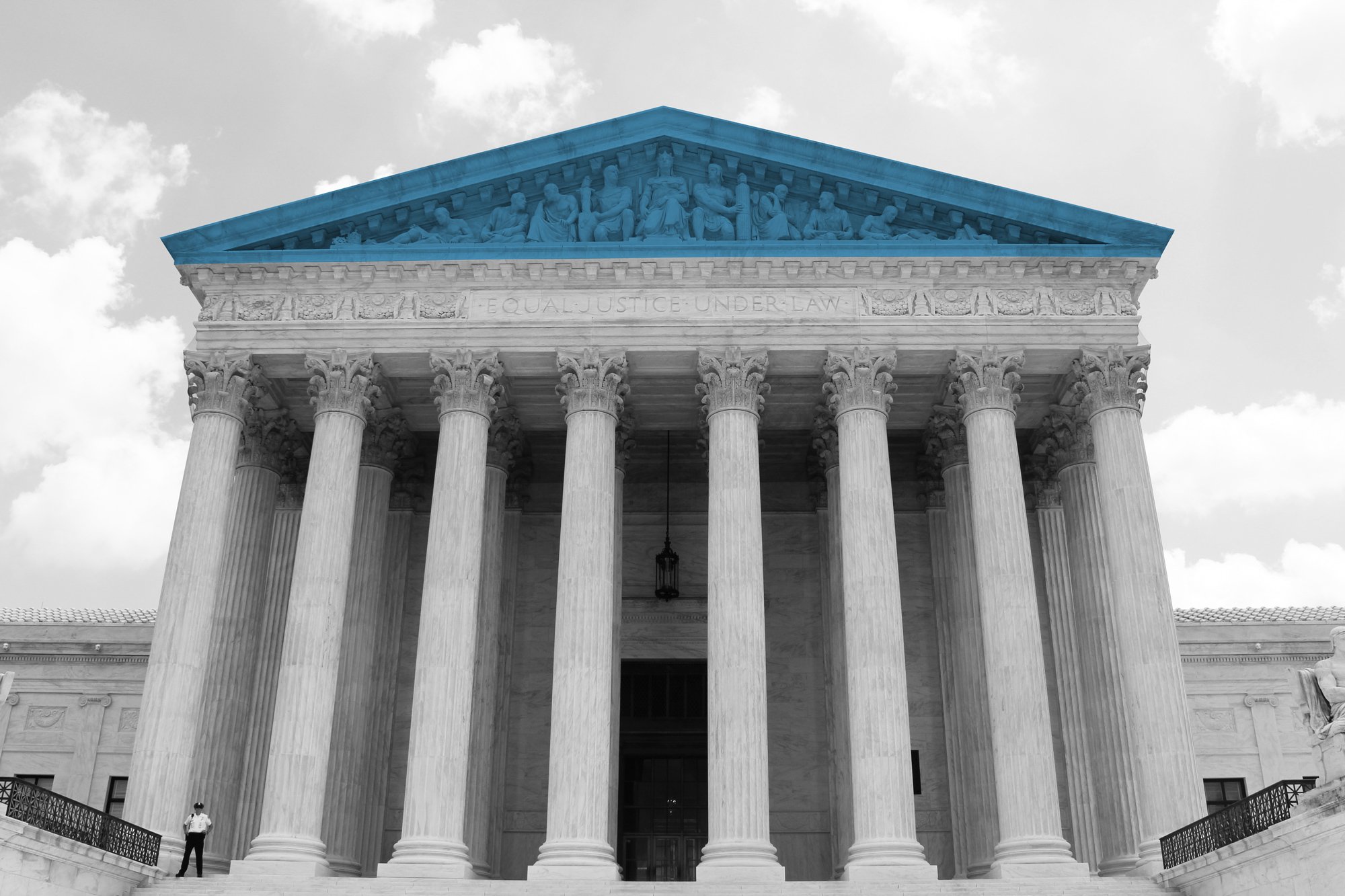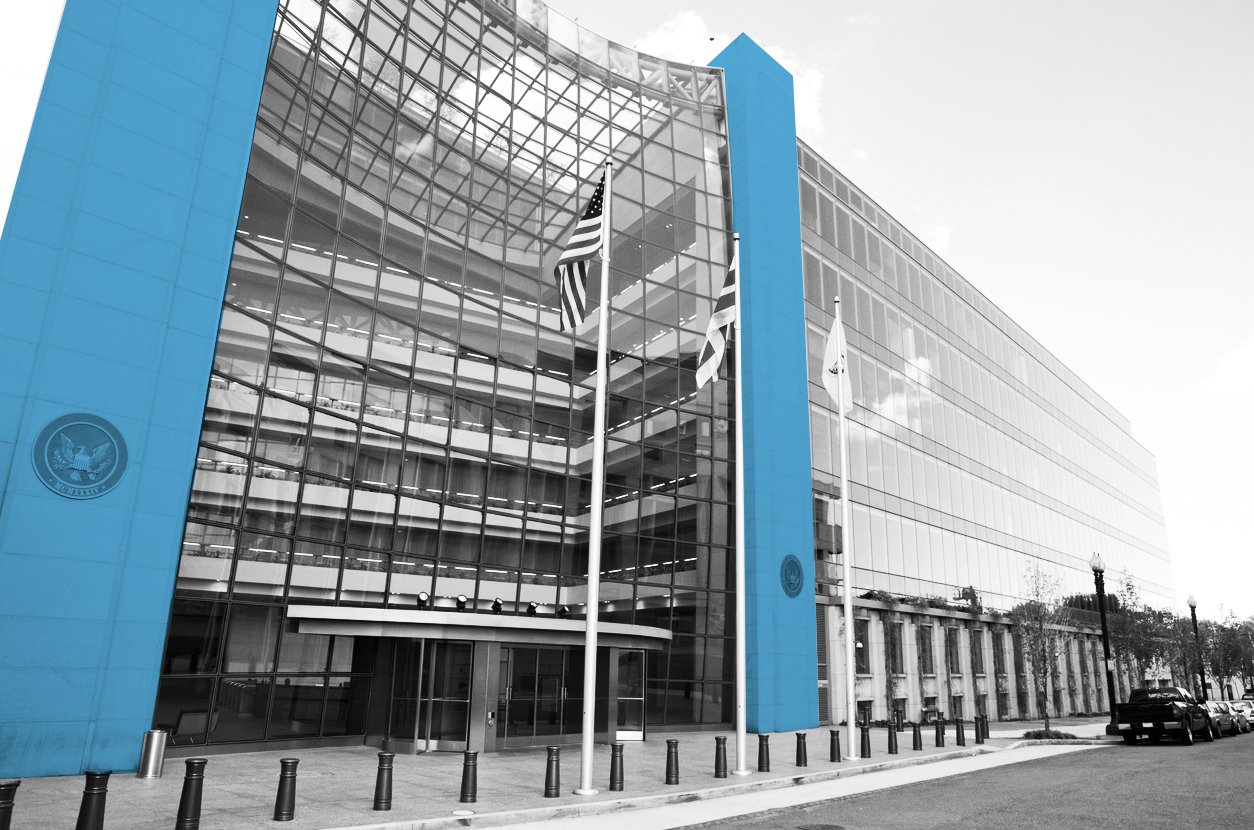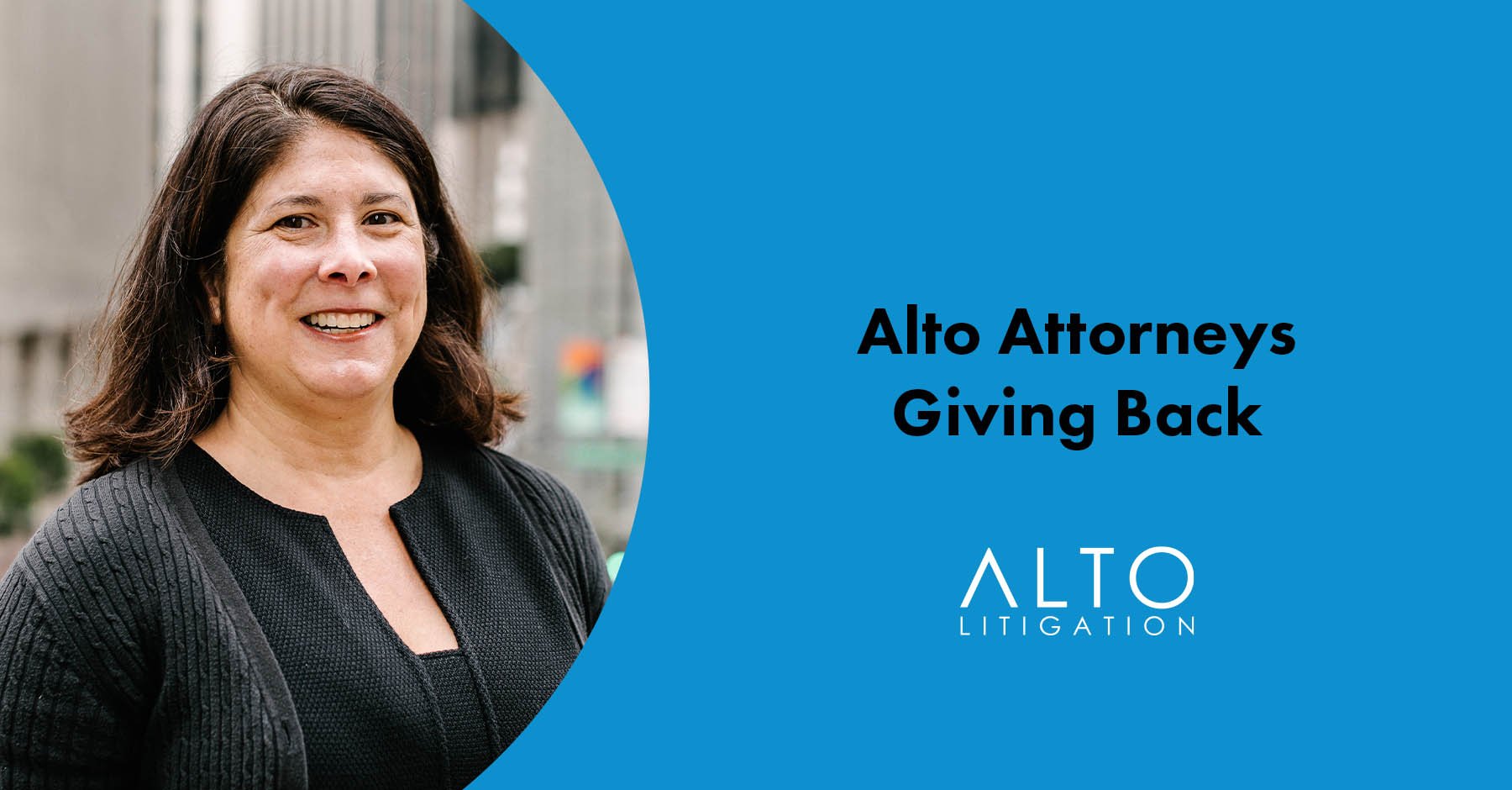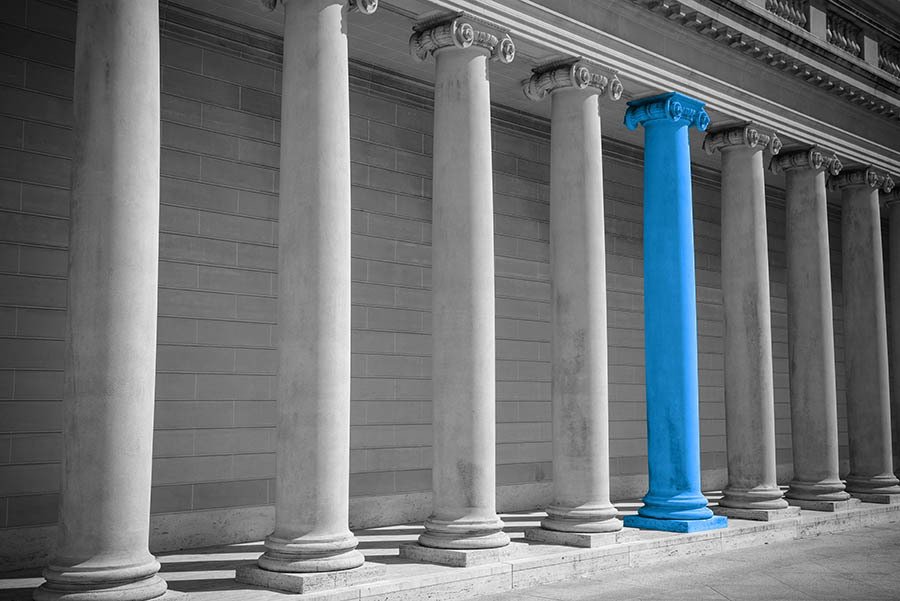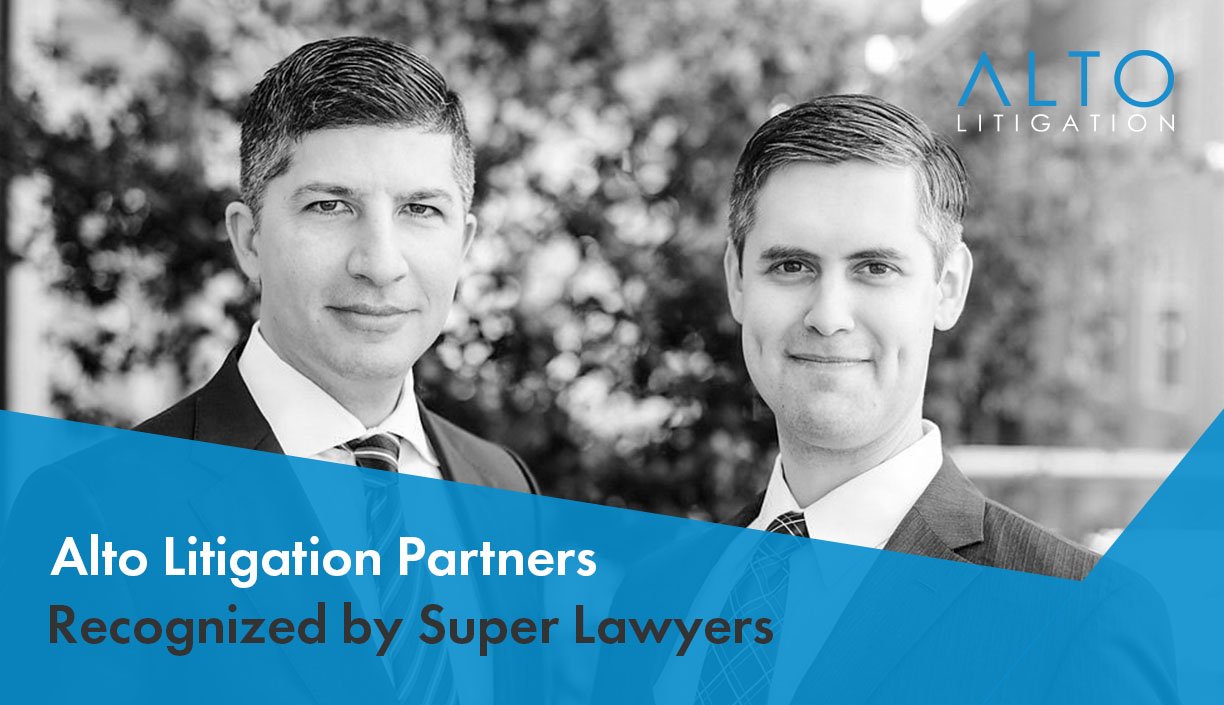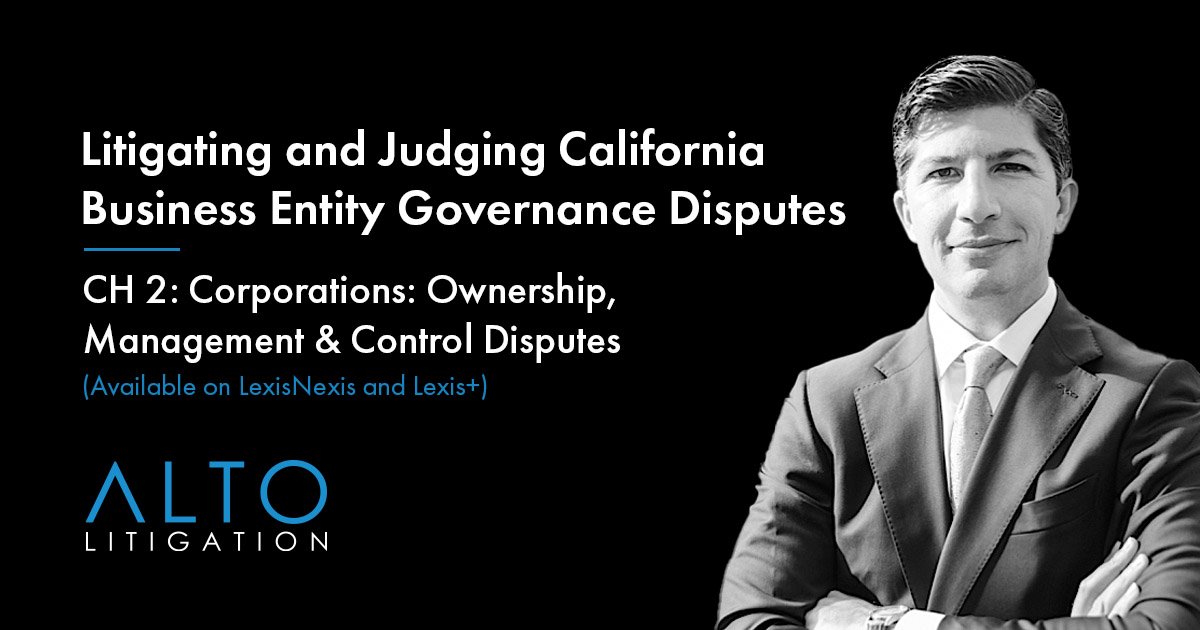Defendants in business disputes often wish to have their cases heard in federal rather than state court. The Federal Rules of Civil Procedure are standardized and may be more streamlined than their state-law counterparts. Furthermore, Plaintiffs in federal civil cases must obtain a unanimous verdict, whereas many states simply require a majority or supermajority. There also is a prevailing perception that the federal bench is more likely to grant a defendant’s motion to dismiss or motion for summary judgment, though it is less pronounced in jurisdictions like California, which have specialized complex litigation courts that themselves are sometimes more receptive to such motions.
Regardless of the reason for knocking, the gates of federal court are not open to all comers. Where federal question jurisdiction is lacking, parties must navigate the corridors of diversity jurisdiction under 28 U.S.C. § 1332. The requirements are well known; the amount in controversy must exceed $75,000 and there must be complete diversity of citizenship between all plaintiffs and defendants. But determining whether diversity exists in cases featuring limited liability corporations and partnerships presents unique complications:
Courts Consider the Residency of All Members or Partners: While the general rule for corporations is that they are citizens of the state in which they are incorporated, the Supreme Court has erected a “doctrinal wall,” whereby this rule does not apply to other types of entities. See, e.g., Carden v. Arkoma Assocs., 494 U.S. 185, 189 (1990). For unincorporated entities, diversity jurisdiction depends on the citizenship of “all the members.” Id. It does not matter if certain members are general or limited partners or hold greater or lesser rights. All of their citizenships are considered.
Courts May Trace Through Multiple Entity Levels: A court’s diversity analysis is not superficial – if one member of an LLC is itself an LLC or partnership, then the members or partners of that entity must also be considered. See, e.g., Mut. Assignment & Indem. Co. v. Lind-Waldock & Co., LLC, 364 F.3d 858, 861 (7th Cir. 2004) (“Lind-Waldock is a limited liability company, which means that it is a citizen of every state of which any member is a citizen; this may need to be traced through multiple levels if any of its members is itself a partnership or LLC.”).
Courts Split on Pleading Requirements and Jurisdictional Discovery: A party seeking to invoke diversity jurisdiction bears the burden of pleading facts that demonstrate diversity exists. Therefore, to properly allege diversity against an LLC or partnership, one must allege the citizenship of each of its members. However, that information may not be publicly available, because most states do not require the identity and citizenship of partners or members of an unincorporated entity to be publicly disclosed. This conundrum has led to divergent rulings on several related issues:
Cases are currently split on whether a party invoking diversity jurisdiction may (1) allege the citizenship of an LLC or partnership based on information and belief, or (2) seek jurisdictional discovery into that issue in federal court. See, e.g., Lincoln Ben. Life Co. v. AEI Life, LLC, 800 F.3d 99 (3d Cir. 2015) (proper to plead citizenship on information and belief and seek jurisdictional discovery); Charles Alan Wright et al., Federal Practice and Procedure: Federal Rules of Civil Procedure § 1224 (3d ed. 2013) (pleading on the basis of information and belief “is a practical necessity.”); but see, e.g., MCP Trucking, LLC v. Speedy Heavy Hauling, Inc., 2014 WL 5002116 (D. Colo. Oct. 6, 2014) (denying jurisdictional discovery and remanding to state court while noting that further discovery in state court could demonstrate that diversity exists); Lake v. Hezebicks, 2014 WL 1874853 (N.D. Ind. May 9, 2014) (collecting cases).
Furthermore, there is a circuit split concerning whether negative statements of citizenship, i.e. a bare allegation that the counter-party is not a citizen of the plaintiff’s state of citizenship, are sufficient. Compare Lewis v. Rego, Co., 757 F.2d 66 (3d Cir. 1985) (negative citizenship pleading is sufficient) with D.B. Zwirn Special Opportunities Fund, LP v. Mehrotra, 661 F.3d 124 (1st Cir. 2011) (negative citizenship pleading is not sufficient).
Note, some of these issues may be obviated due to recent amendments to FRCP 7.1, which now requires parties in an action in which federal court jurisdiction is based on diversity to file a disclosure statement “naming or identifying the citizenship of every individual or entity whose citizenship is attributed to that party or intervenor.”
For more information regarding Alto Litigation’s litigation practice, please contact one of Alto Litigation’s partners: Bahram Seyedin-Noor, Bryan Ketroser, or Joshua Korr.
****
Disclaimer: Materials on this website are for informational purposes only and do not constitute legal advice. Transmission of materials and information on this website is not intended to create, and their receipt does not constitute, an attorney-client relationship. Although you may send us email or call us, we cannot represent you until we have determined that doing so will not create a conflict of interests. Accordingly, if you choose to communicate with us in connection with a matter in which we do not already represent you, you should not send us confidential or sensitive information, because such communication will not be treated as privileged or confidential. We can only serve as your attorney if both you and we agree, in writing, that we will do so.
The materials on this website are not intended to constitute advertising or solicitation. However, portions of this website may be considered attorney advertising in some states.
Unless otherwise specified, the attorneys listed on this website are admitted to practice in the State of California.
